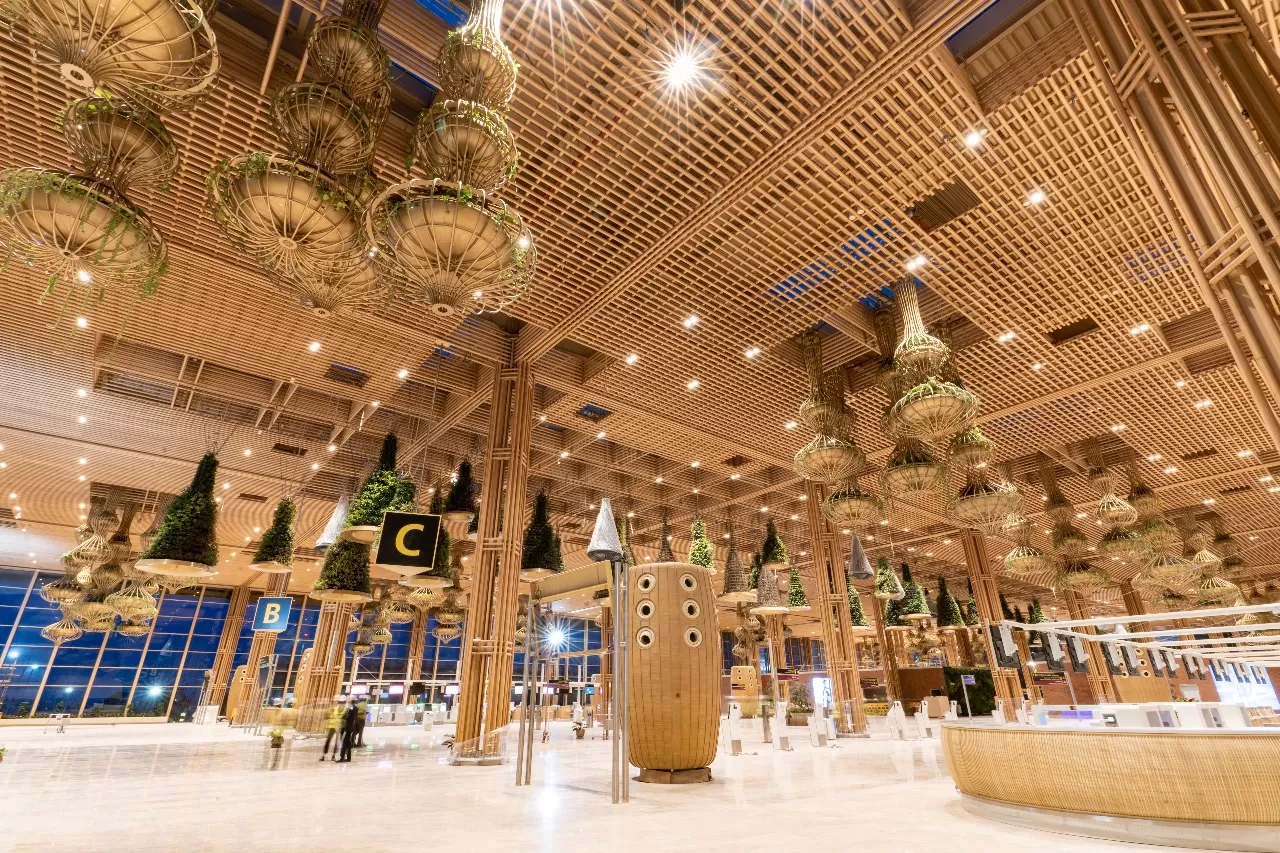Established in 2018, ARKANCE has emerged as a global leader in digitalization for the construction and manufacturing industries. With its "Partner to Build Smarter" strategy, the company integrates cutting-edge technology with its proprietary Be.Smart software to streamline workflows and improve efficiency. Gregoire Arranz, CEO of ARKANCE, is at the helm, steering the company towards innovation in collaboration with leading tech players like Autodesk, Bentley, Adobe, and Bluebeam. In this conversation with CONSTRUCTION WORLD, he discusses the role of digital transformation, emerging trends in modular construction, and the increasing significance of AI and IoT in the built environment. Excerpts:
How does ARKANCE support the growth of the Virtual Construction market through its software and partnerships with global leaders like Autodesk, Bentley, Adobe, and Bluebeam?
Gregoire Arranz: Thank you for having me. ARKANCE is a major player in the global digital construction space, and we have deep partnerships with software leaders such as Autodesk, Bentley, Adobe, and Bluebeam. Our engineering and sales teams operate across large markets, enabling us to identify industry trends and set standards for digital transformation. The industry has been using CAD for years, but digitization is now extending to operational phases such as construction and manufacturing.
Historically, companies have relied on standalone software solutions, creating data silos that hinder communication. Our focus is on breaking these silos—integrating different platforms, streamlining workflows, and helping customers develop a clear digital transformation roadmap. This ensures higher efficiency and alignment with industry standards.
With India's shift towards prefabrication and modular construction, what global design changes are emerging, and what recommendations do you have for Indian developers?
Gregoire Arranz: India is a fast-growing market with significant construction activity. Prefabrication and modular construction are gaining traction as they offer industrialized solutions to meet market demands. However, for modular construction to be effective, it must be integrated from the project's early design phase.
It is crucial to standardize design elements, planning sequences, and documentation while ensuring seamless collaboration between general contractors and subcontractors. Prefabricated components—whether beams or entire modules—must follow uniform specifications for easy logistics and tracking. Standardization, document management, and collaboration solutions will be key in making modular construction successful at scale.
What would you identify as a key trend for 2025?
Gregoire Arranz: Collaboration and document management will be at the forefront. The adoption of a common data environment—where owners, designers, contractors, and subcontractors work on a unified platform—is accelerating. This segment is growing at nearly double the rate of traditional design software, indicating a clear shift in industry priorities.
As Smart Cities evolve with IoT integration, is construction technology prepared to support IoT, and what roles will AI and ML play in this transformation?
Gregoire Arranz: IoT is critical—it breathes life into digital models by providing real-time data on how buildings and infrastructure perform. If structured correctly from the outset, this data forms the foundation for AI-driven decision-making.
AI and ML will leverage IoT data to optimise asset utilisation, automate decision-making, and enhance predictive maintenance. For example, monitoring energy consumption through IoT sensors allows AI to identify inefficiencies and suggest improvements. Similarly, tracking people's movement can help optimise space utilisation in commercial buildings. The key is to align IoT implementation with clear optimisation objectives.
What key initiatives is ARKANCE implementing internally and with customers to promote sustainability in construction and design?
Gregoire Arranz: Sustainability is at the core of our approach. The most significant impact can be achieved during the design phase, where simulation and quantification tools help optimise material and energy consumption.
Beyond design, monitoring actual construction performance through IoT and telematics ensures that sustainability targets are met. At ARKANCE, we equip customers with the tools to enhance project efficiency, reduce environmental impact, and optimise logistics. By integrating sustainability into design and execution, we contribute to a more responsible and future-ready construction ecosystem.


















